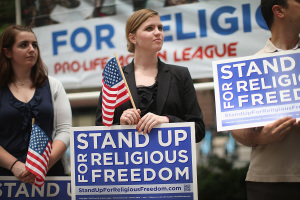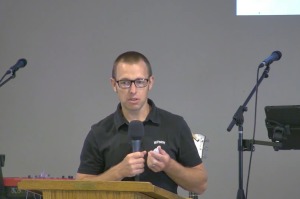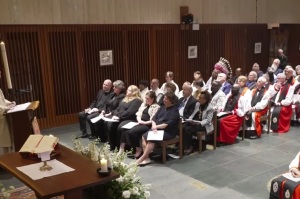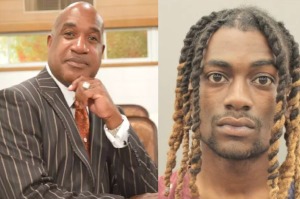Study: 88% of colleges, universities restrict free speech in some form
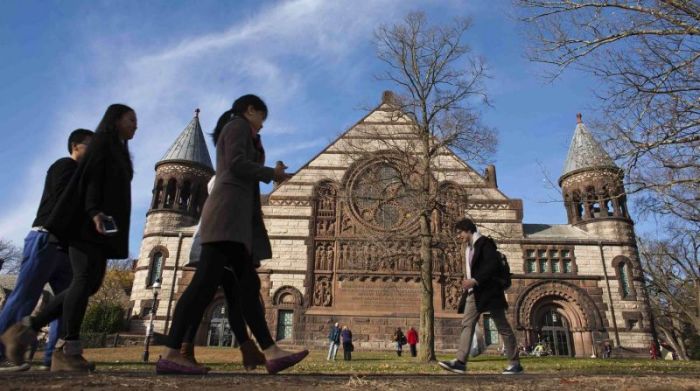
A new study from the Foundation for Individual Rights in Education has found that 88% of American universities restrict free speech in some form.
FIRE’s 2021 Spotlight on Speech Codes looked at the free speech policies of 478 colleges and universities, 372 public institutions and 106 private colleges and universities. Based on a school’s written policies on free speech, it was assigned into one of four categories: Red light, yellow light, green light or warning. Factors examined when compiling the ratings included a university’s policies on “free speech zones,” hate speech, internet usage, tolerance, respect and civility, harassment, obscenity and security fees.
A red light institution maintains “at least one policy both clearly and substantially restricting freedom of speech, or bars public access to its speech-related policies by requiring a university password and login for access.” The Ivy League universities of Princeton and Harvard as well as other notable private colleges such as the University of Notre Dame and John Hopkins University were among the 21.3% of higher education institutions that received red light ratings.
Yellow light institutions maintain “policies that could be interpreted to suppress protected speech or policies that, while clearly restricting freedom of speech, restrict relatively narrow categories of speech.” The Ivy League universities of Columbia and Cornell as well as several schools in the University of California system were among the 65.3% of colleges and universities reviewed by FIRE that were given yellow light ratings.
The warning label, reserved exclusively for private universities, is assigned to a school that “clearly and consistently states that it holds a certain set of values above a commitment to freedom of speech.” Baylor University and the United States Naval Academy were among the 1.7% of schools assigned warning labels.
Colleges and universities awarded green light ratings have policies that “do not seriously threaten campus expression” but “a green light rating does not necessarily indicate that a school actively supports free expression in practice; it simply means that the school’s written policies do not pose a serious threat to free speech.” Green light institutions, 11.7% of those examined by FIRE, include Florida State University, George Mason University and the University of Chicago.
Speaking to The Christian Post, Laura Beltz, the lead author of the report, explained that while the numbers in the report may seem disheartening, the situation regarding free speech on campus has improved overall.
“A decade ago when we put this report together, most of the schools in our database were getting our worst rating. Now, the number of schools that are maintaining those most clearly and substantially restrictive policies are going down, which may surprise folks from things that they hear about the state of free speech on campus,” she said.
Beltz attributed the improvement, in part, to the fact that “a lot of state legislatures are passing free speech-supporting bills that apply to [public] colleges.” The number of green light schools increased from 50 last year to 56 now.
“There are some schools that are revising their policies totally so that they meet First Amendment standards,” she said.
While the number of red light schools has decreased, the number of yellow light schools has increased. According to Beltz, “It seems like red light schools are just revising their policies enough to get to the yellow light category. So as the red goes down, the yellow goes up.”
Although FIRE focuses on higher education, Beltz acknowledged the importance of making sure that respect for free speech is instilled in students before they arrive on campus.
“We are paying attention to what’s going in the K-12 context just because we know that students don’t form their beliefs about things like free speech principles once they get to college; they’re learning about these things beforehand.”
“So we have things like high school curriculum material to try to get students to learn about free speech principles before they get on campus so that’s a part of how we’re trying to target that group,” she noted.
Since FIRE’s founding in 1999, the national debate about free speech has changed significantly, Beltz contended, saying, “Some things have improved but others have gotten worse.”
She pointed to an “online mob factor,” where “if a professor says something controversial on Twitter, suddenly you have all these people on Twitter replying that the person should be fired even though the speech is protected speech,” as an example of the respect for free speech deteriorating.
















